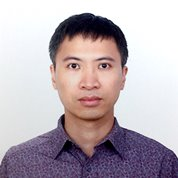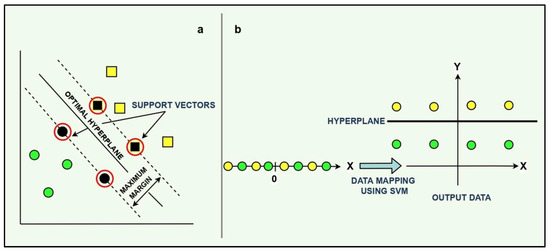Feature Papers in Section 'Membrane Physics and Theory'
A topical collection in Membranes (ISSN 2077-0375). This collection belongs to the section "Membrane Physics and Theory".
Viewed by 3378Editors
Interests: membrane processes; transport modelling; electrokinetic characterization; surface modification; water treatment
Special Issues, Collections and Topics in MDPI journals
Interests: membrane separation technology; membrane fouling mechanism and control; wastewater treatment and reclamation; environmental analytical methods; statistical analysis
Special Issues, Collections and Topics in MDPI journals
Topical Collection Information
Dear Colleagues,
The understandings of the various physical phenomena governing membrane performances is essential for all facets of membrane science. The Section “Membrane Physics and Theory” of Membranes is open to submissions (research articles, short communications, or review articles) on theoretical analyses of all membranes and membrane processes at all length scales. Within this framework, we are launching a Topical Collection entitled “Feature Papers in Physics and Theory”, in which the main topics include (but are not limited to):
- Various theoretical approaches to understand or predict membrane separation:
Heat, mass and momentum transports, thermodynamics, kinetics, quantum mechanics, molecular dynamics, Monte Carlo simulation, neural differential equations, artificial intelligence, statistical analysis, etc.
- Modeling of the various physicochemical mechanisms governing membrane performances:
Fouling, adsorption, absorption, liquid and gas transport, ion transport, concentration polarization, electrokinetic phenomena, electrodiffusion, colloidal interactions, molecular interactions, pH effect, overlimiting current, water splitting, etc.
- Description of membrane properties:
Biomembranes, model membranes, organic and inorganic membranes, mechanical and thermal properties, structural properties, membrane potential, electrical double layers, etc.
- Application of the physical concepts to solve real issues
Water and wastewater treatment, gas purification, drinking water production, desalination, recovery of high added-value compounds, etc.
Dr. Sébastien Déon
Dr. Kang Xiao
Collection Editors
Manuscript Submission Information
Manuscripts should be submitted online at www.mdpi.com by registering and logging in to this website. Once you are registered, click here to go to the submission form. Manuscripts can be submitted until the deadline. All submissions that pass pre-check are peer-reviewed. Accepted papers will be published continuously in the journal (as soon as accepted) and will be listed together on the collection website. Research articles, review articles as well as short communications are invited. For planned papers, a title and short abstract (about 100 words) can be sent to the Editorial Office for announcement on this website.
Submitted manuscripts should not have been published previously, nor be under consideration for publication elsewhere (except conference proceedings papers). All manuscripts are thoroughly refereed through a single-blind peer-review process. A guide for authors and other relevant information for submission of manuscripts is available on the Instructions for Authors page. Membranes is an international peer-reviewed open access monthly journal published by MDPI.
Please visit the Instructions for Authors page before submitting a manuscript. The Article Processing Charge (APC) for publication in this open access journal is 2700 CHF (Swiss Francs). Submitted papers should be well formatted and use good English. Authors may use MDPI's English editing service prior to publication or during author revisions.









